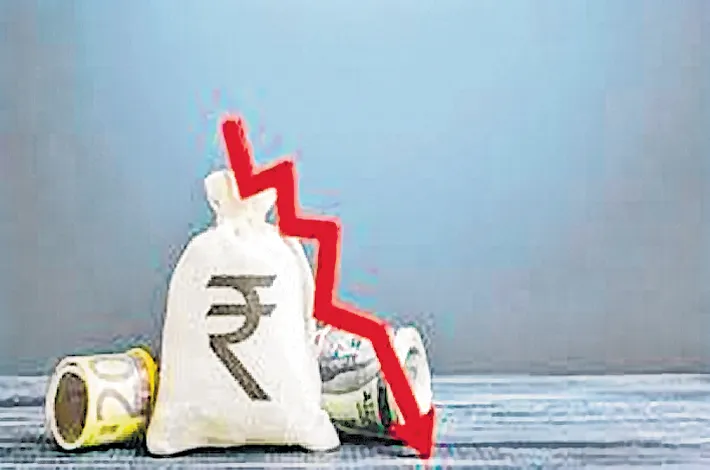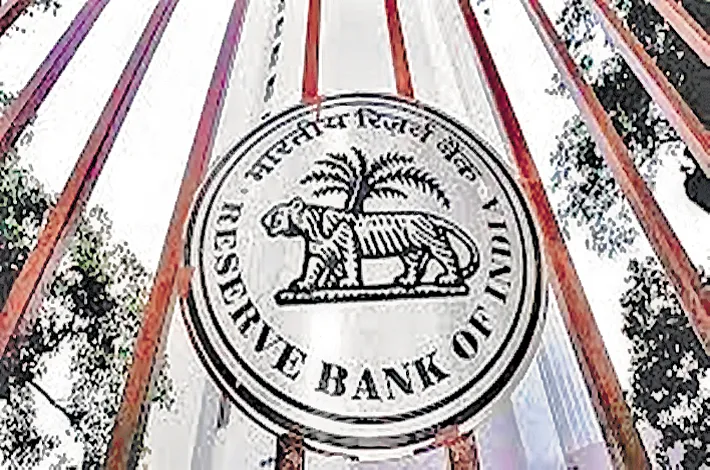This is Young India, Mr PM
14-01-2025 12:00:00 AM

- metro india news I hyderabad
On Sunday, addressing Viksit Bharat Young Leaders Dialogue, Prime Minister Narendra Modi has emphasised that strength of youth will develop nation. He is right as the present day state of youth in India in 2025 presents a mosaic of opportunities and challenges, encapsulating the country's demographic potential and socioeconomic disparities.
With over 50% of its population below the age of 25, India stands at the cusp of what is often referred to as a demographic dividend - a period where a large segment of the population is of working age, potentially fueling economic growth if the right policies are in place. However, leveraging this demographic advantage necessitates addressing several critical issues.
Unemployment among youth
Youth unemployment remains a significant concern. According to recent data, the unemployment rate among young Indians, especially young women, is notably high, with many falling into the Not in Employment, Education, or Training (NEET) category. Urban youth have a starkly different employment landscape compared to their rural counterparts, where opportunities are often limited to agriculture or informal sectors.
The urban job market, while offering more diverse and sometimes lucrative opportunities, still struggles with a skill mismatch, where the education obtained does not align with the skills demanded by employers.
This has led to underemployment, where educated youths take up jobs that do not utilize their full potential or education level. The government's initiatives like the Pradhan Mantri Kaushal Vikas Yojana aim to bridge this gap by enhancing skill development, yet the effectiveness of these programs is under scrutiny for not fully meeting the industry's needs.
Education and Skills
India's youth are increasingly educated, with more than 95% of rural children enrolled in schools, yet the quality of education remains a concern. The Annual Status of Education Report has pointed out that while enrollment rates are high, learning outcomes often do not match global standards, particularly in public schools.
The push towards digital education and the National Education Policy 2020 are steps toward rectifying these discrepancies, emphasizing critical thinking and vocational skills alongside traditional academics. However, the digital divide, particularly in rural regions, poses a significant challenge to equitable educational access.
Health and Well-being:
The health of India's youth is another focal point. Issues like malnutrition, mental health, and access to youth-friendly health services are prevalent. Adolescent health programs like the Rashtriya Kishor Swasthya Karyakram (RKSK) strive to address these, but the implementation varies widely across states. Menstrual health and hygiene, child marriage, and adolescent pregnancy continue to be hurdles, especially in less developed regions where traditional norms prevail.
The demographic shift towards an aging population also indirectly impacts youth, as they are expected to support an increasing elderly demographic in the coming years, necessitating robust health policies for all age groups.
Innovation and Entrepreneurship:
On a brighter note, India's youth are emerging as a powerhouse of innovation and entrepreneurship. With the government's Startup India initiative, there's been a surge in entrepreneurial activities, particularly in technology and digital services.
The youth's engagement with technology not only fosters new business ventures but also positions India prominently in the global digital economy. The demographic advantage here lies in the youthful, tech-savvy population ready to innovate and lead in sectors like IT, manufacturing, and green technology.
Social and Political Engagement:
Youth participation in social movements and political processes is evolving. There's a noticeable increase in youth activism around issues like climate change, gender equality, and social justice. Politically, young Indians are more engaged, though the representation of youth in actual governance remains low, highlighting a need for more inclusive political platforms that genuinely involve them.








